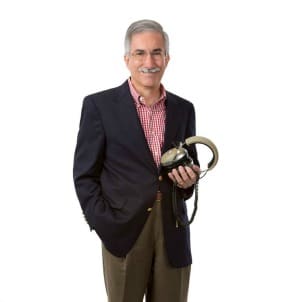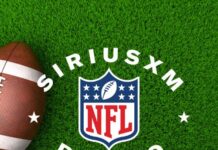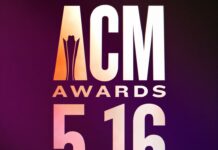
(By John Garziglia) In a December 21, 2017 Notice of Apparent Liability for Forfeiture, the FCC levied a $13 millon+ fine against TV broadcaster Sinclair for running 1,400 instances of third-party-provided news stories and programming in exchange for compensation without sponsorship identifications. Remarkably, FCC Commissioners Clyburn and Rosenworcel dissented, complaining that the fine was not large enough.
The FCC’s sponsorship identification rule, Section 73.12.12(a), and Section 317(a) (1) of the Communications Act generally require that the broadcast of radio programming in which consideration of any kind is received in connection with the broadcast include a sponsorship identification announcement naming the individual or entity providing money, things, or services of value.
There are many ways that radio stations can violate the FCC’s sponsorship identification requirements. Accepting payola for playing recorded music is a well-known prohibition that is drilled into every manager, program director, and air personality. Yet, every few years the specter of record companies making under-the-table payments or gifts in exchange for play surfaces. Another transgression is a spot advertisement where the actual sponsor is not apparent from the product advertised. This can occur in a co-op buy where, for example, a hardware store ad is paid for by a chainsaw manufacturer rather than by the store itself. Or in a distributor arrangement where a beer brand is advertised but the payment comes from the local distributor. In each of these instances, the radio listener is unaware of the actual sponsor. With issue ads, there are also FCC requirements in accurately stating the actual sponsor, and placing certain material in the station’s public file.
The $13M proposed fine against Sinclair highlights the sponsorship issues inherent in broadcast stations accepting programming produced by others, either with or without payment accompanying the delivered programming.
In 2014 WLS, Chicago, was held liable for a $44,000 forfeiture for running paid spot and program length content on behalf of an organization advocating a state legislative issue. The programming began with the introduction “Workers Independent News, I’m Doug Cunningham” and closed with a similar tag, stating, “Doug Cunningham, Workers Independent News.” You can make up your own mind on this — does this appear to be paid programming and was there the required sponsorship identification? The FCC decided it was not readily apparent to the reasonable radio listener that it was paid programming.
A similar news/public affairs programming fact scenario resulted in a January, 2016 $540,000 civil penalty with a required compliance plan. Radio programming supporting a hydro-electronic energy project in New Hampshire was broadcast without disclosing the identity of the company paying for the announcements.
Even programming provided by third parties without an actual payment made can trigger sponsorship ID violations. In a 2011 FCC Notice of Apparent Liability for Forfeiture WMGM-TV, Wildwood, NJ broadcast a video news release produced by the makers of the Zicam cold remedy. The FCC observed that its rules and policies require that services or property furnished without charge or at nominal charge for use on a broadcast requires a sponsorship identification announcement if the products or services are shown to an extent that is disproportionate to the subject matter of the broadcast. The FCC found that the video news release shown on WMGM-TV focused “almost exclusively on [the] Zicam product in its visual depictions or verbal identifications of products” which exceeded an identification that was reasonably related to the subject matter of the programming at issue. WMGM-TV was assessed a $4,000 fine for its failure to run sponsorship identification announcements.
In a broad sense, any programming produced by a third party is inherently suspect. Even the most civic-minded organizations do not produce and distribute audio content expecting nothing in return. The third-party supplier of content is usually doing so with the expectation of something in return. Therefore, for most supplied programming, sponsorship identifications are likely appropriate.
There are many gray areas in the FCC’s sponsorship identification requirements. For instance, does the traditional local marketing agreement in which radio broadcast time is brokered on a nearly 24/7 basis to a third-party require sponsorship identification announcements? Do third-party supplied newscasts in exchange for the broadcast of embedded spots require a discrete sponsorship ID? There is a good argument that both do, but equally valid reasons that quasi-network-supplied programming, whether on a paid or barter basis, does not require separate sponsorship identifications.
In the Sinclair case, two of the five FCC commissioners did not think $13M was enough of an attention-getter. Perhaps in the television world that may be true, but a $13M fine would significantly affect almost any radio group.
The proposed $13M fine against Sinclair will attract a good amount of public attention. Most of the FCC’s sponsorship identification violation proceedings start with a third-party complaint. In the near term, broadcast stations are likely to be subject to additional scrutiny regarding programming. Now is the time to review your content to be certain that required sponsorship identification announcements are being broadcast.
John Garziglia is a communications attorney at Womble Bond Dickinson. Reach him at John.Garziglia@wbd‑us.com







